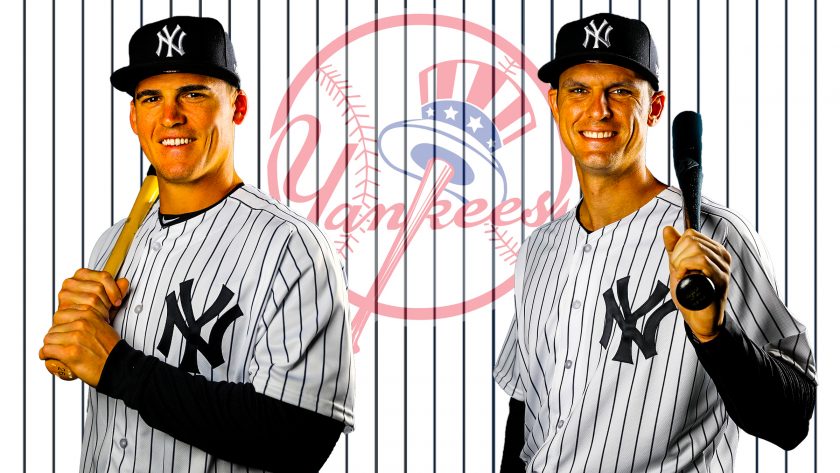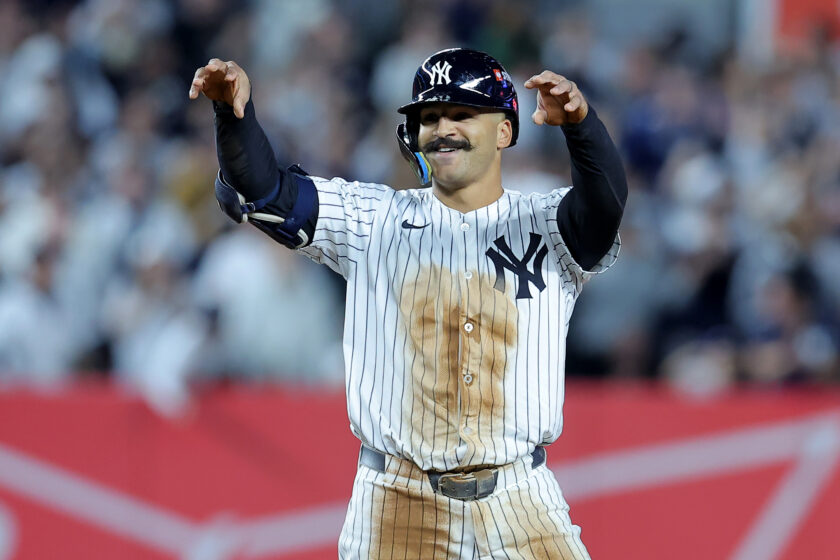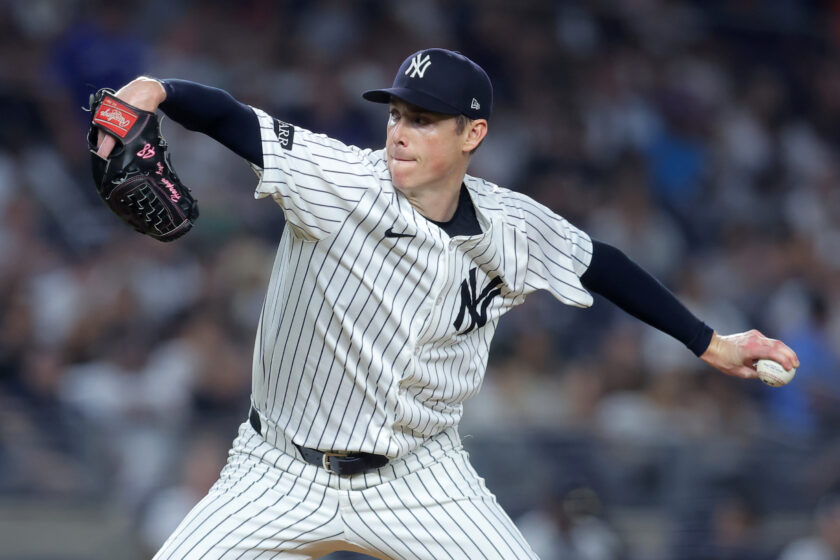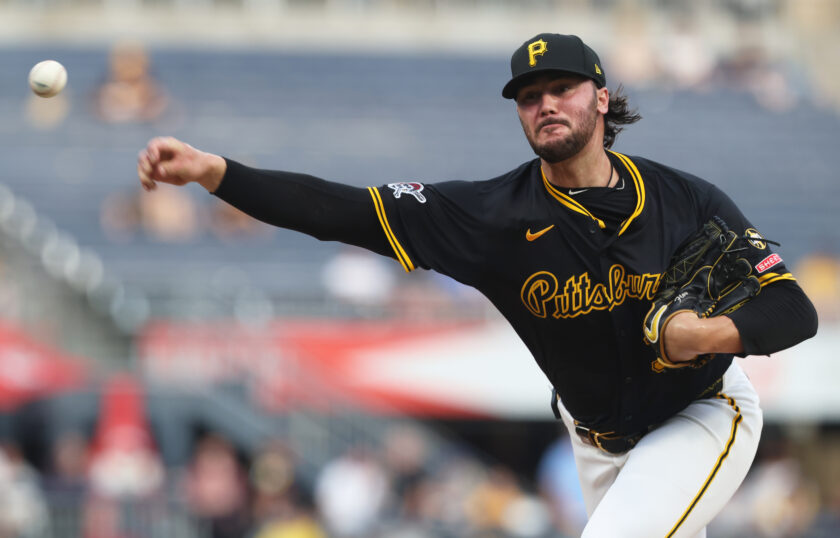New York Yankees: A Greg Bird/Tyler Austin platoon the only way to go

The New York Yankees are expected to welcome Greg Bird back to the fold in a matter of days. That’s bad news for Tyler Austin. Or is it?
When Greg Bird is activated from the disabled list by the New York Yankees, he’s going to play. Tyler Austin is going to lose some at-bats. But in no way should it spell the end of Austin’s time as a productive player in the Bronx.
Bird, who has long been viewed as the team’s first baseman of the future, is expected to be back with the Yankees before Memorial Day hits.
“I think it’s reasonable sometime within the next week,” Yankees manager Aaron Boone told Mike Mazzeo of the New York Daily News of Bird’s 2018 debut before the team’s 10-1 Sunday trouncing of the Kansas City Royals.
“I think it’s just continuing to bounce back and get into the rhythm of playing nine innings every day. But I would say he’s getting very close.”
That’s great and all, but how many times have we been down this road before? Bird gets hurt, misses significant time only to return and—you know what’s coming next—gets hurt again.
Yankees fans want to believe that this is it. That this is when Bird stays healthy and puts his made-for-Yankee-Stadium-swing on display for the rest of the regular season. That the next four-plus months will be chock full of moments like this.

But like a rerun of your favorite sitcom, there is no reason—none—to believe that things will be different this time around.
For Bird to stay on the field—and off the disabled list—for an extended period of time, the Yankees are going to have to manage his exposure. They’re going to have to give him more off days than they would someone without such an extensive injury history.
That’s where Austin comes in.
Normally, when you’ve got a left-handed batter (Bird) and a right-handed batter (Austin), a platoon is easy to work out. The lefty starts when there’s a right-hander on the mound, while the righty starts against a southpaw.
Except Bird has reverse splits. He’s stronger against same-handed pitching.
| AB | BA | OBP | OPS | XBH (HR) | |
|---|---|---|---|---|---|
| vs. LHP | 70 | .257 | .346 | .846 | 7 (5) |
| vs. RHP | 234 | .218 | .307 | .793 | 36 (20) |
Problem is, Austin also excels against left-handed pitching.
| AB | BA | OBP | OPS | XBH (HR) | |
|---|---|---|---|---|---|
| vs. LHP | 37 | .324 | .395 | 1.098 | 6 (4) |
| vs. RHP | 55 | .218 | .271 | .780 | 8 (4) |
Granted, those numbers are the result of small sample sizes, especially against left-handed pitching. But both are better against southpaws, especially Austin, whose splits are pretty severe.
So what’s a manager like Aaron Boone to do? Does he put Bird in spots where he’s more likely to succeed, pushing Austin into far-from-ideal matchups? Does he continue to work Neil Walker into the first base mix, diminishing opportunities for both young infielders?
He should do none of those things.
[sc name=”Yankees Center”]This isn’t the NFL, where there’s an unwritten rule that a player who misses time with injury automatically reclaims his starting job upon his return. Austin has earned the right to be in the lineup against left-handed pitching. Bird hasn’t.
Look, Bird could very well still become the perennial 30-home run All-Star that many believe he’s capable of turning into. Austin’s ceiling isn’t nearly that high.
But Bird has to prove himself all over again. And that means he’s got to show that he’s capable of succeeding against right-handed pitching. For the Yankees already have a left-handed masher at first base, and his name is Tyler Austin.
It’s that simple.
[sc name=”Yankees Link Next” link=”https://elitesportsny.com/2018/05/17/yankee-stadium-might-just-be-the-new-coors-field/” text=”Yankee Stadium May Be AL’s Coors Field” ] [sc name=”Yankees Footer”]I've been dunked on by Shaq and yelled at by Mickey Mantle. ESNY Editor In Chief. UMass alum. Former National Columnist w/Bleacher Report & former member of NY Knicks Basketball Ops department. Nephew of Rock & Roll Royalty.






